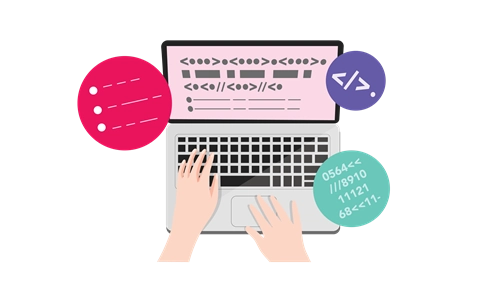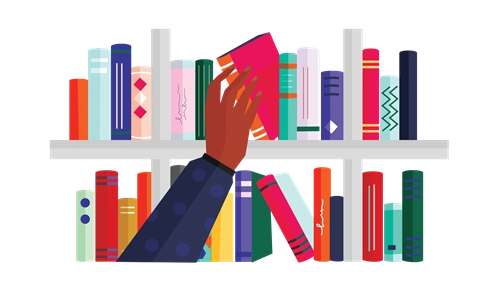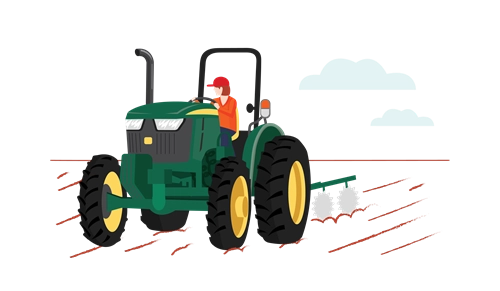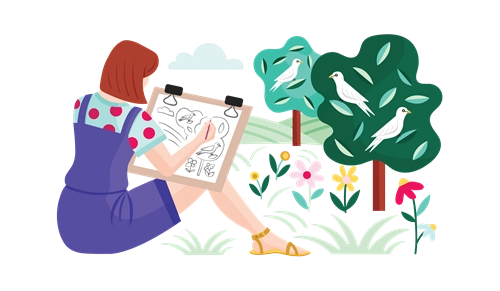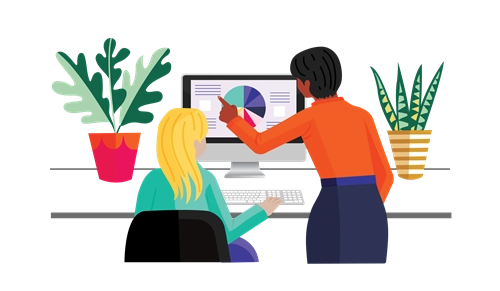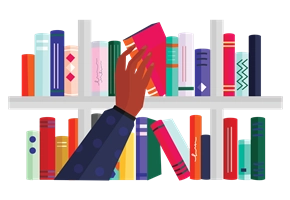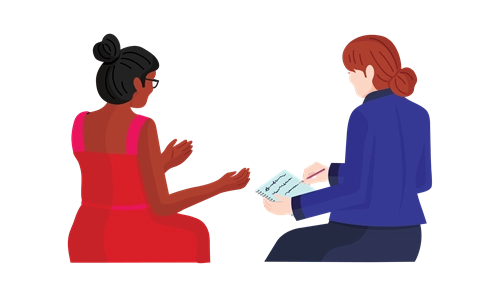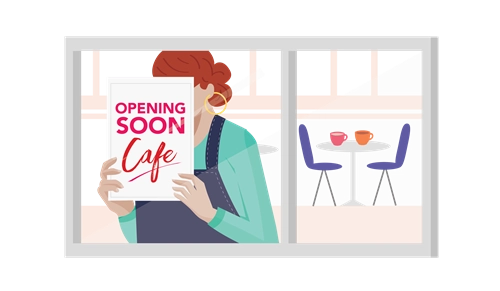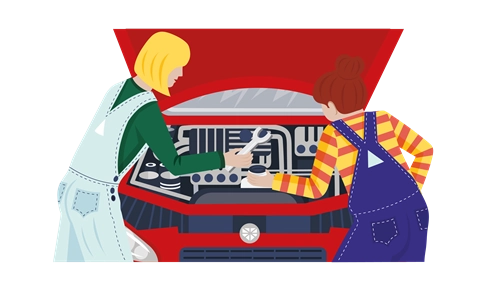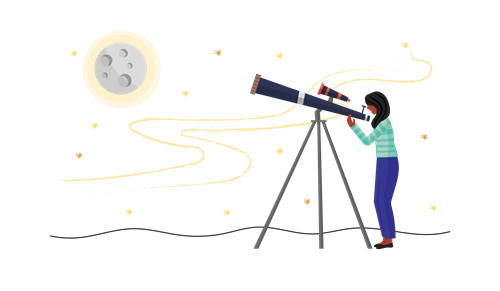STEM in everyday life
Overview
STEM and its products impact almost everything we do. Meet three STEM professionals whose work forms an important part of our everyday lives.
From the time we wake up in the morning, until we go to bed at night, we interact with the products of STEM almost every step of the way.
Engineers are behind our built environment and the infrastructure we often take for granted, like our roads and water pipes. Then there’s the technology behind:
- computers at school or work and the smartphone in our pocket
- satellites in space connecting us to the World Wide Web and the electricity grid powering it all
- mathematical equations and algorithms that inform the weather prediction on the radio in the morning
- Netflix recommendations on our smart TV in the evening.
Here are just a few real-life examples, and the people behind them.
STEM in the street: Civil engineering
Felicity Furey didn’t always plan on becoming an engineer – she wanted to be an artist. ‘I didn’t know what an engineer was until my teacher suggested it in Year 12,’ she says.
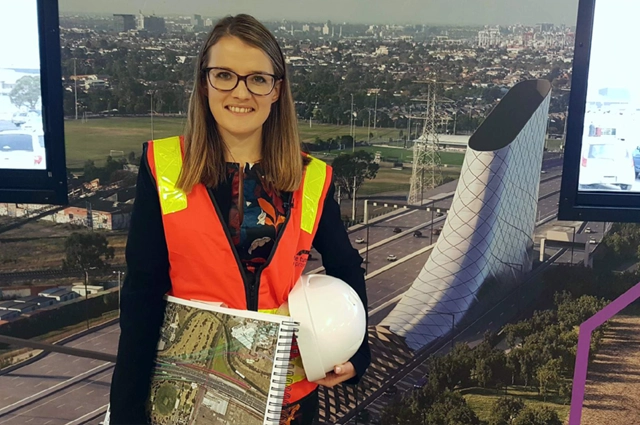
Felicity got into her fifth preference, civil engineering at QUT, where she discovered that engineering is all about solving problems and working with people. Since then, Felicity has worked on mega infrastructure projects, like major roads in Brisbane and extending the life of the Sydney Harbour Tunnel, and was the design manager on Melbourne’s West Gate Tunnel Project.
Felicity’s work is a great example of how the products of STEM are all around us – throughout the course of every day, we use and interact with things that could not exist without STEM.
‘The cool part about being an engineer is that I get to drive on the roads that I helped design and create,’ says Felicity.
STEM in the body: Wearable technology
Leah Heiss is a wearable technology visionary whose work is grounded in a human-centred approach to design. Her designs and technologies have includejewellery to administer insulin, cardiac monitoring jewellery, swallowable devices to detect disease and emergency jewellery for times of medical crisis.
Leah’s career path is one that has encompassed both creativity and technology and took a few twists and turns along the way.
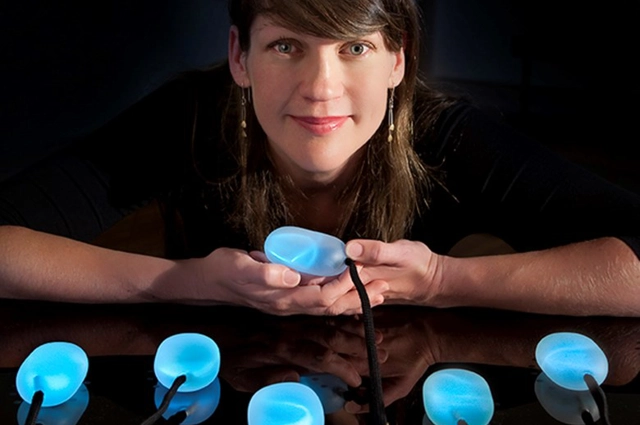
‘You start building your career “narrative” in secondary school. Choose things you are passionate about – whether or not these always seem complementary. For instance, doing physics and chemistry plus art and design sets you up for more creative STEAM roles, for example, in robotics.
My career “line” has been very non-linear. I was very strong on English and art at secondary school and my first degree was in communications. I then returned to uni to do Interior design, then a Master’s in Wearable technologies and a PhD. Much of the amazing work I’ve been involved in is through collaborations with very technical people.’
Through Leah’s work we see the key role creativity can play in STEM, and the positive impacts that can be achieved through human-centred innovation.
Read more about Leah and the work she is doing over on our Women in STEM page.
STEM in space and culture: Astronomy
While Heiss looks inward, astrophysicist and Sydney Observatory tour guide Kirsten Banks is looking up towards the heavens.
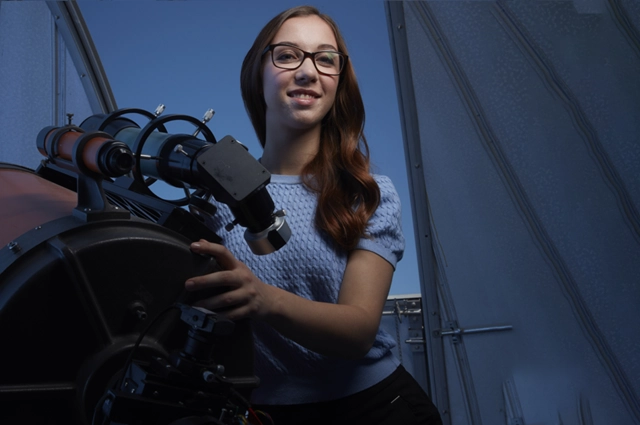
As a Wiradjuri woman, Kirsten loves to teach visitors to the Observatory about Aboriginal astronomy and its importance in everyday life.
One of her favourite stories is about the celestial emu Gawarrgay. Gawarrgay’s position in the night sky indicates the different stages of the emu’s breeding cycle, from laying eggs to the chicks hatching. Aboriginal Australians used this information to know when it was time to gather eggs.
‘You can learn a lot about what’s happening on the land by looking up at the sky,’ says Kirsten. ‘You can use it as a map. It can tell you about changes in the weather. You can learn about Aboriginal lore. There are a lot of uses for the night sky in Aboriginal culture.’
